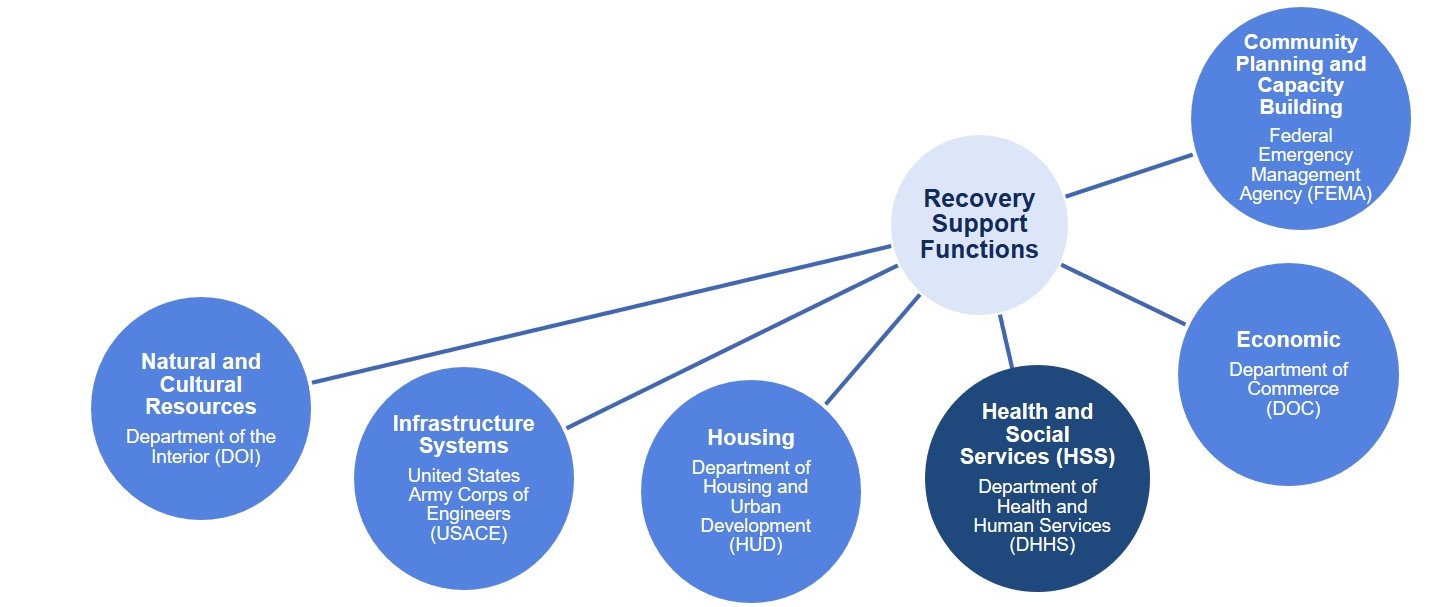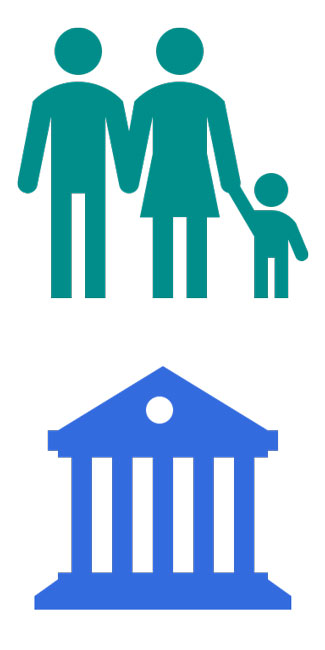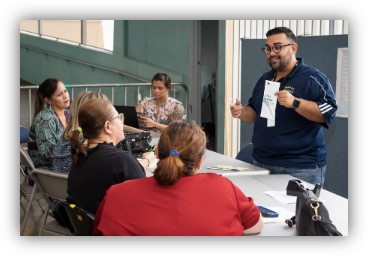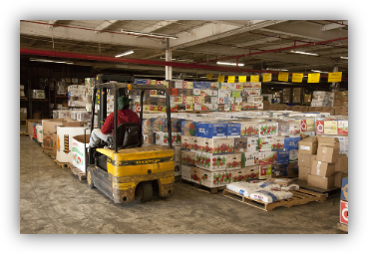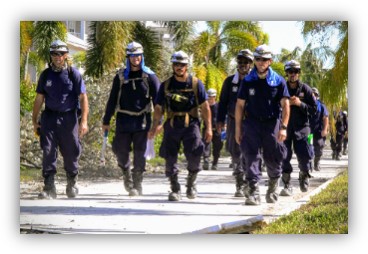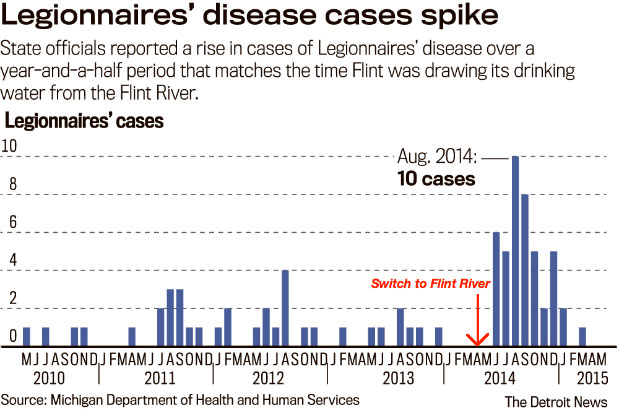Recovery Support Functions (RSFs) are the primary organizational element of the NDRF's sector-based approach. A coordinated approach helps communities take intentional and organized action to achieve their recovery priorities. RSFs are a powerful tool for organizing and coordinating recovery stakeholders at all levels of government.
Recovery Speed and Effectiveness
(Orange Curve) Some communities struggle with recovery, experiencing long periods of slow growth and diminished opportunity.
(Red Curve) Others progressively self-organize to restore and rebuild to where they would have been had there not been a disaster.
(Blue Curve) The RSF model decreases disaster impact and enhances recovery by coordinating pre-planning and recovery support.
Strong organization is often the biggest determinate for an effective recovery effort


